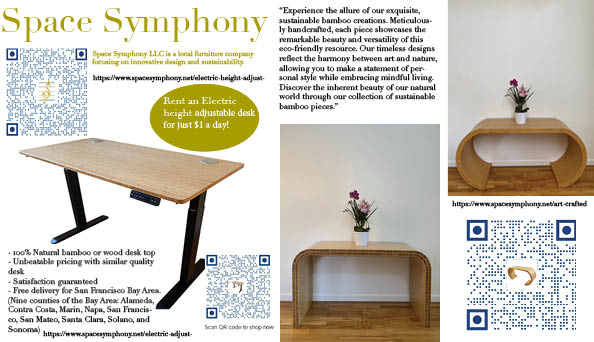Just like chefs, teachers of blended learning classes are handed a basic recipe for success, and then given the opportunity to add their own unique twist to the process.
With Palo Alto High School offering a record number of new blended classes (15) next year, The Paly Voice sought to learn more about the phenomenon.
Michael Horn, one of the biggest names in the push for disruptive innovation in education, defines blended learning as “a formal education program in which students learn at least in part through online learning, with some element of student control over time, place, path and pace.” For most blended classes, this concept manifests in having one “flex” period a week, where students are not mandated to go to class. (Flex, in this case, is not the same as the Flex period listed on Paly’s Tuesday afternoon schedule, which was formerly referred to as Tutorial.)
Former Palo Alto High School Teacher on Special Assignment and the current Coordinator for Educational Technology and Libraries at the district level, Emily Garrison, explains that blended learning is a push for moving education into the 21st century.
“We now know that in the 21st century, living in the information age, learning doesn’t happen like it used to in the past. You have a phone in your pocket that has access to the entirety of humanity’s knowledge,” Garrison said. “That 19th century model of the teacher being the center of knowledge just doesn’t make sense anymore. Does learning have to be confined to third period? No, absolutely not. You all can go do your school work in many places and at a time that works best for you. Or, you can stay on campus and work more closely with your teacher in a small group.”
According to Garrison, the concept of blended learning is approximately a decade old, but only reached Palo Alto Unified School District in 2009, when Gunn High school history teacher Brian Tuomy decided to experiment with a new type of class. This first class, now referred to as a “Twilight blended class,” met every Wednesday evenings for two and a half to three hours, giving the participating students a prep period during the school day. Garrison explains that when the students were not in class, “they used Schoology to do work at their own path, place and location, for however long it took them to complete the work.”
Garrison explains that Tuomy then became the first blended learning TOSA, and decided to start a training program.
“In 2011, he got together the first cohort of Gunn and Paly teachers, all of whom volunteered to be a part of an intense 60-hour certification program,” Garrison said. “They completed something called ‘The Leading Edge Certification Program,’ which is basically a training program for teachers that want to start teaching in more of an online modality.”
The second cohort, which ran in fall 2013, switched training programs in order to get a better understanding of how to use Schoology for the purpose of blended learning.
“Unlike the first cohort that was composed of mostly Gunn teachers, this second cohort was pretty evenly mixed,” Garrison said. “This time we decided to complete another training program with an outside instructor, but we did everything through Schoology. This was so powerful because teachers were essentially students on Schoology, so we could experience what it would be like for our students.”
Right after Garrison became the blended learning TOSA, she decided with Tuomy that they would be creating their own certification program.
“Brian Tuomy and I used our experience in blended learning in Palo Alto and we created our own Schoology training course,” Garrison said. “It still exists today, and it keeps getting better every year.”
According to Garrison, Tuomy stepped down as the Gunn TOSA before the fifth cohort and was replaced with Gunn’s Chris Bell, a math and computer science teacher.
“Mr. Bell and I have now worked with approximately 65 teachers that are trained in blended learning in the district,” Garrison said. “In the spring we have a ‘Blended Learning Symposium,’ where all the teachers come together and learn from one another’s experiences.”
According to Garrison, not all teachers who complete the training program end up running blended classes.
“We have found that it works really well if we run this training program in the spring, and then over the course of the entire following year, the teachers that participated can experiment with different levels of blended learning in their classroom,” Garrison said. “When that year is over, teachers can decide if they want to informally continue to use blended learning concepts, or if they want their following year’s class to be a formal blended course, otherwise known as a ‘full-release’ course. To be listed as a full-release course, the only requirement is that online coursework does not to exceed 49 percent of the course time.”
At the end of the day, whether or not a blended learning class runs is completely up to the students.
“There have been teachers that have wanted to teach blended classes, who have prepared for them, and then it just doesn’t work out,” Garrison said. “For a blended course to run, it has to be published in the course catalog, and just like any other class, it has to have enough students register.”


